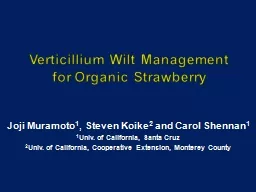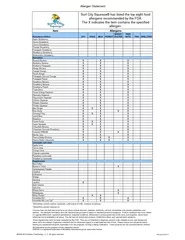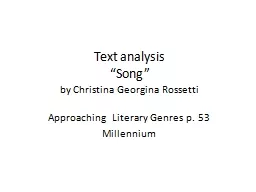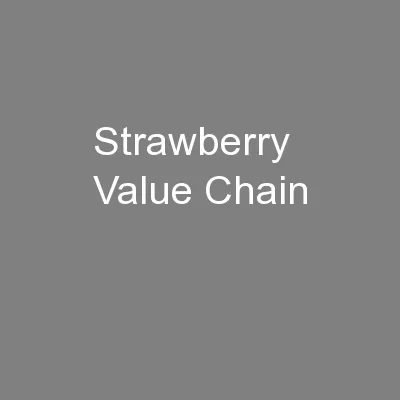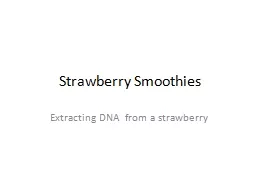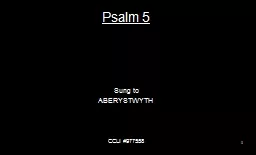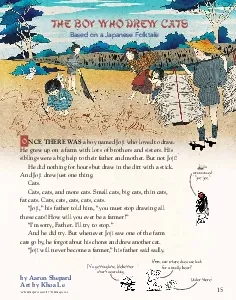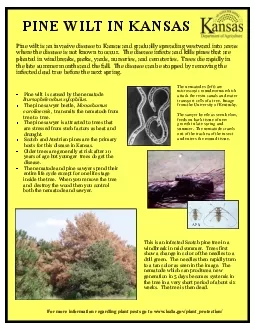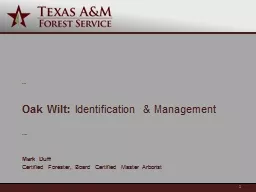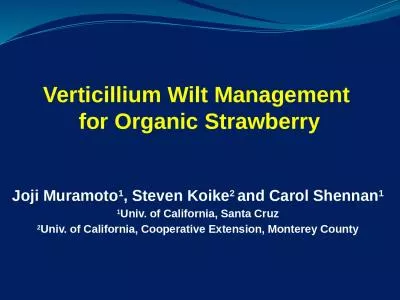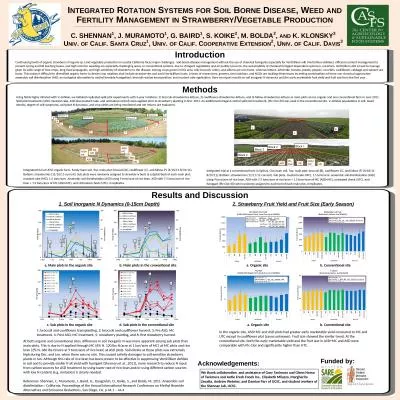PPT-Verticillium Wilt Management for Organic Strawberry Joji Muramoto
Author : cheryl-pisano | Published Date : 2019-11-01
Verticillium Wilt Management for Organic Strawberry Joji Muramoto 1 Steven Koike 2 and Carol Shennan 1 1 Univ of California Santa Cruz 2 Univ of California Cooperative
Presentation Embed Code
Download Presentation
Download Presentation The PPT/PDF document "Verticillium Wilt Management for Organi..." is the property of its rightful owner. Permission is granted to download and print the materials on this website for personal, non-commercial use only, and to display it on your personal computer provided you do not modify the materials and that you retain all copyright notices contained in the materials. By downloading content from our website, you accept the terms of this agreement.
Verticillium Wilt Management for Organic Strawberry Joji Muramoto: Transcript
Download Rules Of Document
"Verticillium Wilt Management for Organic Strawberry Joji Muramoto"The content belongs to its owner. You may download and print it for personal use, without modification, and keep all copyright notices. By downloading, you agree to these terms.
Related Documents

